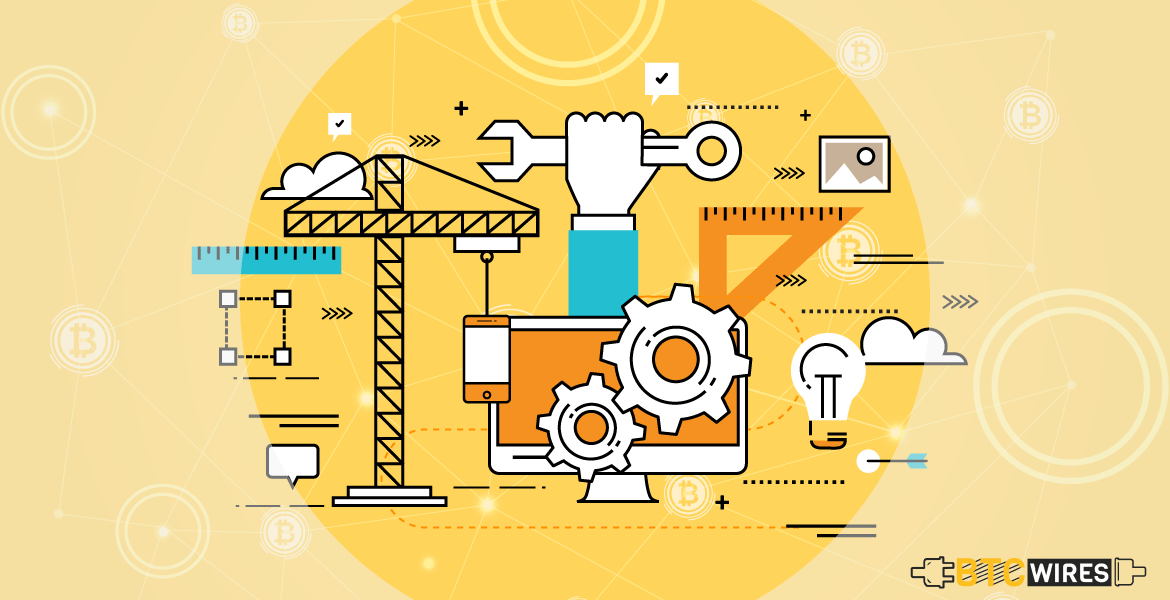Blockchain technology, with the promise it holds for the business

Blockchain technology, with the promise it holds for the business scene, is frequently implemented in a host of different projects. These blockchain projects take time and dedication and there are several steps to be followed in implementing them. To make these things easier to understand, here we identify the steps involved in implementing a blockchain project. Before one proceeds with the step, it is also imperative to be aware of the requirements to build a blockchain.
1. Blockchain Platform Selection
For most use cases, the blockchain platform of choice is Ethereum. Several factors make it the most suitable candidate, ranging from its extremely responsive user and developer community, the ability to write smart contracts in blockchain. This is expected to make processes self-regulating, autonomous and self-executing. Ethereum blockchain can be developed using some of the very common programming languages, like JavaScript, C++, Python and moulds well to most business needs. Once developed, the version that is saved will be based on the Go-ethereum language, the node implementation takes the form of Geth, serving as a node for the Ethereum blockchain.
2. Blockchain Initialization
For this step, it is essentially to first manually create the very first of the block. This first block must bear all the required features of the total blockchain. Once that is done, it is shared at all the node computers for the network. The JSON format is used in defining the first blockchain, specifying certain parameters such as the timestamp, the nonce which represents the randomly generated hash value. The timestamp is simply the time between one block’s validation and that of its consecutive next. Then the Geth client creates the chaindata folder and initialises it. For propagating the newly created blockchain programme, one must have virtual currencies. For successful initialization, one must make sure the commands are replicated as many times as the number of nodes in the the network. For Geth to establish coordination in the set, the retrieval of the enode identifier is crucial. The node-to-node programme can only be propagated over the Ethereum network if one has the required Gas cryptocurrencies to be able to get the requisite computing power from the network actors.
3. Setting up Consensus Protocol in Blockchain
A consensus protocol refers to the scheme by which the nodes democratically and in a decentralized manner, decide amongst themselves which transactions are to be validated and updated onto the network. When any miner on the network finds a solution of the high order mathematical problem, it is important for all other nodes to verify that. For establishing who found the solution first and how it is to be validated onto the network, we need a consensus algorithm. The algorithm adjusts itself to the total network strength at ant given time to find this value. The need to have the unanimity of all nodes in validating transactions strengthens the blockchain security by making it impossible to introduce unauthorized changes.
There are multiple types of consensus algorithms present. One of them is the Proof of Work. A way to implement it is by using the famous Hashcash consensus, where messages have to be encrypted using a hash function and cannot be decrypted without randomly generating an inordinately large number of possibilities, which is practically impossible.
4. Blockchain Smart Contract Execution
For business needs, it is essential to design and execute a smart contracts which automates deal fulfillments. For example, a smart contract may be put in place to disburse a loan amount after verifying required documents on the blockchain network itself. Usually, programmers use the Solidity programming language to write smart contracts based on what the needs of a decentralized application (dApp) or the use case they are trying to build.
5. Debugging and Scaling
Blockchain is very different from a computer programme, as it exists and is executed on a number of node platforms. Thus the blockchain network should be able to operate in the same way on every node. To take care of this, theblockchain developers need to debug the blockchain application. To fix existing issues, one must make the changes and wait for all the blocks in the chain implement them as well. In open source platforms, we see that the code keeps changing continuously. The smart contract should ideally be audited by an expert developer and the scalability of it should be worked upon.

